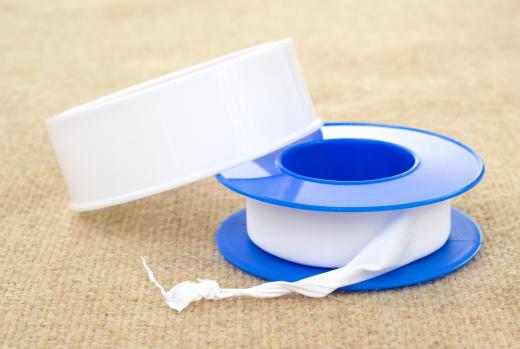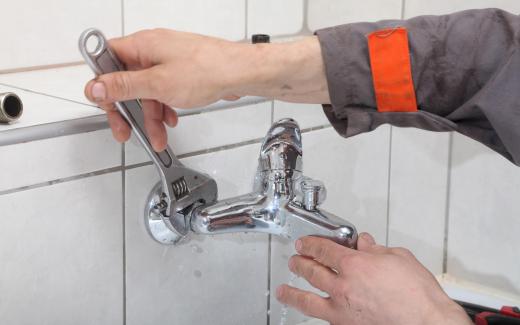The methods used for plumbing installation are as numerous and unique as each home, office or building that requires plumbing repair and services. Plumbing design is not an exact science, and plumbers almost always must make some rough estimates, such as estimating how much water use varies during the day or how much the water pressure fluctuates in the public main. For each method, however, one thing is certain: good plumbing design must consider the cost of installation, operation and maintenance.
Whether the main goal of a plumbing installation project is to install a high-volume system or a water- and energy-efficient system, cost is always a factor. A plumbing trade handbook or software can accurately determine the cost of a project based on its desired goal. The type of plumbing equipment and plumbing products depend on the operation, and varying costs depend on what is seen — the fixtures — and what is not seen — the pipes and fittings.

Plumbing fittings have been the bane of plumbers for years. For any plumbing installation, many difficulties can arise during installation with fittings, which have sizes, shapes and configurations of various components that are not standardized. A licensed professional, who is more likely to source or make the fitting for the job can be consulted, but this adds cost to the job.

Maintenance, the third consideration of plumbing design, takes into account the ease of maintenance extending well into the future. Adding extra shutoff valves, access openings and headers can save a lot of time and trouble later. Proper plumbing installation also should incorporate vent pipes, which essentially replace air that is discharged every time water flows from a plumbing fixture into a drain pipe. Plumbing equipment includes water meters, backflow preventers, pumps, expansion tanks, filters, water softeners, water heaters, heat exchangers and control systems.

Mapping out the plumbing system is the first step of installation, and a typical map consists of the water-supply system, appliances, fixtures and the drainage system. Plumbers should never use smaller pipes than can reasonably be used, because undersized pipes invariably lead to clogged drainage and poor system efficiency. Copper tubing is the mainstay for the industry, although some companies have developed less-expensive piping made of composite materials.
